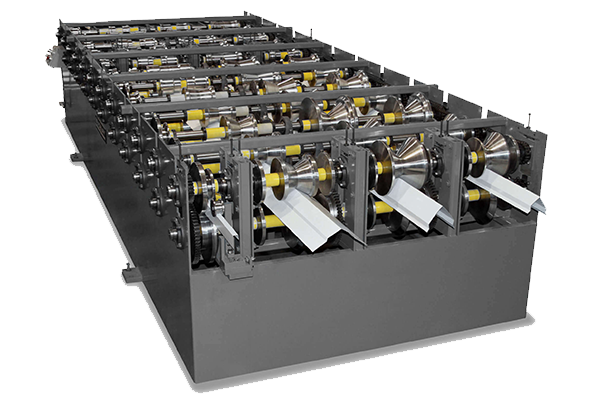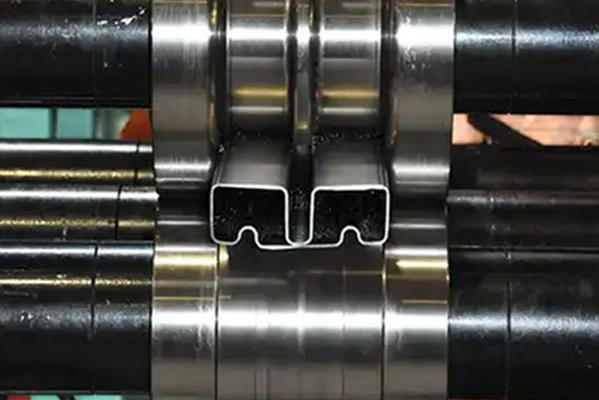Navigation Menu
Contact Us
- Email:
- info@wxavatar.com
- Address:
- Yurong Village, Yuqi Street, Huishan District, Wuxi, China.
Release Date:Oct 24, 2024 Visit:309 Source:Roll Forming Machine Factory
The versatility and efficiency of roll forming machines have led to their widespread adoption across multiple industries. From automotive manufacturing to construction, and from aerospace to furniture production, roll forming technology has become an indispensable tool in shaping and forming a variety of materials into precise and intricate shapes.

In the automotive industry, roll forming machines are used to produce a range of components, including structural beams, roof rails, and door frames. The precision and repeatability of roll forming make it an ideal process for manufacturing automotive parts, ensuring consistent quality and fit across different vehicles. This, in turn, enhances the overall safety and performance of the automobiles.
The construction industry also relies heavily on roll forming machines for the production of steel beams, columns, and other structural elements. Roll forming allows for the efficient production of these components in long lengths, reducing the need for welding and other joining processes. This not only speeds up construction timelines but also improves the structural integrity of the buildings.
The aerospace industry benefits from roll forming machines in the manufacturing of aircraft components such as wing spars, fuselage sections, and landing gear components. The high-strength materials used in aerospace applications require precise forming and shaping, which roll forming machines can achieve with remarkable accuracy. This ensures that aircraft components meet strict safety and performance standards.
Furniture manufacturers also utilize roll forming machines to produce frames, legs, and other components for chairs, tables, and beds. The ability to quickly and accurately form metal into complex shapes makes roll forming an efficient process for furniture production, allowing manufacturers to keep up with demand while maintaining high quality standards.
In addition to these industries, roll forming machines are also used in the production of appliances, HVAC systems, and other consumer goods. The flexibility of roll forming technology allows manufacturers to adapt the process to meet the specific needs of their products, ensuring that they meet the highest standards of quality and performance.
One of the key advantages of roll forming machines is their ability to handle a wide range of materials, including mild steel, stainless steel, aluminum, and copper. This versatility makes roll forming an ideal process for manufacturing components in various industries that require different material properties and characteristics.
Moreover, roll forming machines offer significant cost savings compared to traditional forming methods such as stamping and bending. The continuous production process reduces waste and labor costs, while the precision of roll forming eliminates the need for secondary operations such as grinding and finishing.
As industries continue to evolve and adapt to new technologies, the applications of roll forming machines are likely to expand further. With ongoing advancements in material science and manufacturing processes, roll forming machines will play an increasingly important role in shaping the future of various industries.

In conclusion, roll forming machines have become indispensable tools in multiple industries, providing efficient and precise manufacturing solutions for a wide range of applications. From automotive manufacturing to construction, and from aerospace to furniture production, roll forming technology continues to drive innovation and efficiency in the manufacturing sector.